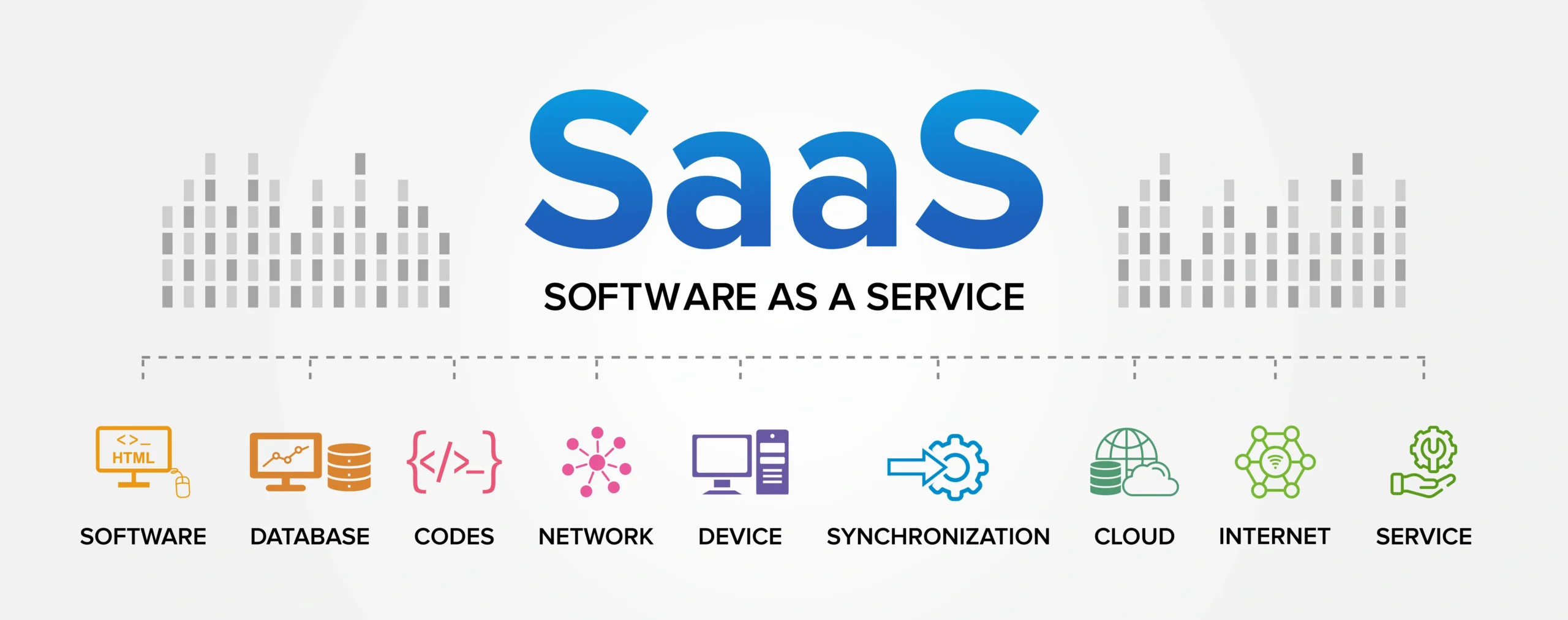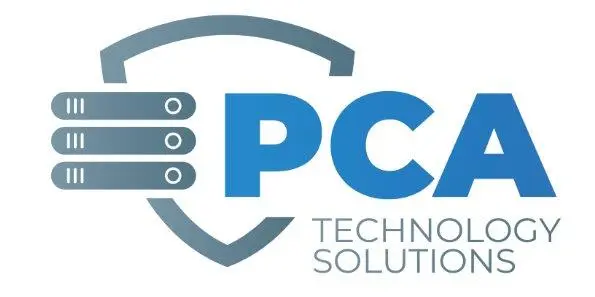The Dangers of Shadow IT
The Dangers of Shadow IT and How SaaS Management Can Help Financial Institutions
Have you ever been frustrated by the technology tools provided by your organization, so you decide to download your own software or utilize software in the cloud instead? Unfortunately, this simple action can have big consequences.
Shadow IT is the use of unauthorized, unsanctioned, or untrusted technology tools, services, or applications within an organization’s network by employees (without the approval of the IT department).
It is a growing concern for organizations, as it often involves the use of cloud services and Software-as-a-Service (SaaS) applications that are not managed by the IT team and can present a security risk.
Shadow IT is often the result of employees trying to find solutions quickly and to get the job done, but without the knowledge or approval of the IT department.
It can be as simple as downloading a file from an unverified source, or as complex as setting up a private server to store and share confidential information. In either case, it can lead to serious security issues, such as:
-
- data breaches
- malware infections,
- and compliance violations.
Is Shadow IT really that prevalent?
-
-
According to a McAfee study, 80% of employees admit that they have been or are using non-approved SaaS applications to get their job done.
-
Research by the Everest Group suggests that more than 50% of all cloud spend occurs outside of the IT department.
- Approximately 7 out of 10 organizations were compromised in by Shadow IT in the past year, as reported by Randori’s State of Attack Surface Management 2022 report.
-
How can organizations protect themselves?
Implementing SaaS Management is a critical step for institutions, but especially financial institutions, to address the problem of Shadow IT.
Saas Management: automating and centralizing management tasks across a company’s entire portfolio of software-as-a-service (SaaS) applications.

4 Steps of SaaS Management
SaaS Management Step 1
The first step of SaaS management is understanding and controlling identity and access to SaaS.
SaaS Management Step 2
The next step in SaaS management is streamlining the processes across a company’s entire SaaS portfolio for:
-
- user lifecycle management (ULM)
- spend optimization
- application configuration
Saas Management Step 3
By adopting SaaS Management, organizations can gain visibility, control, and audit ability over SaaS applications used within their network.
This includes the ability to monitor user:
-
- activity,
- detect malicious activity,
- and enforce compliance policies.
Saas Management Step 4
SaaS Management also includes the ability to manage the security and performance of cloud services in use by employees.
This includes analyzing application usage and identifying potential risks, such as:
-
- data leakage,
- and unauthorized access.
In addition, it allows organizations to monitor and manage the cost of their cloud services, helping them to remain within budget.
Wouldn’t you like to know that your institution is getting its money’s worth out of the software applications you have purchased?
By adopting SaaS Management, financial institutions can ensure that cloud-based applications are secure and compliant with industry regulations.
This not only helps to protect the organization’s data, but also to maintain customer trust and loyalty.
Additionally, SaaS Management can help organizations reduce their risk of a data breach and minimize the cost of a potential breach.
So what does all this mean?
In summary, Shadow IT is a growing concern for organizations, as it can lead to serious security issues. SaaS Management is an essential tool for financial institutions to address this issue, as it:
-
- provides visibility and control over SaaS applications,
- helps to ensure security and compliance,
- and can help to reduce the cost of a potential breach.
What can you do to protect your institution?
As we’ve discussed before #TheThreatsAreReal. Partnering with a Managed Security Service Provider (MSSP) like PCA Technology Solutions is your best bet to protect your organization from increasing risks in today’s world. Contact us today to discuss how we can partner with your institution.

